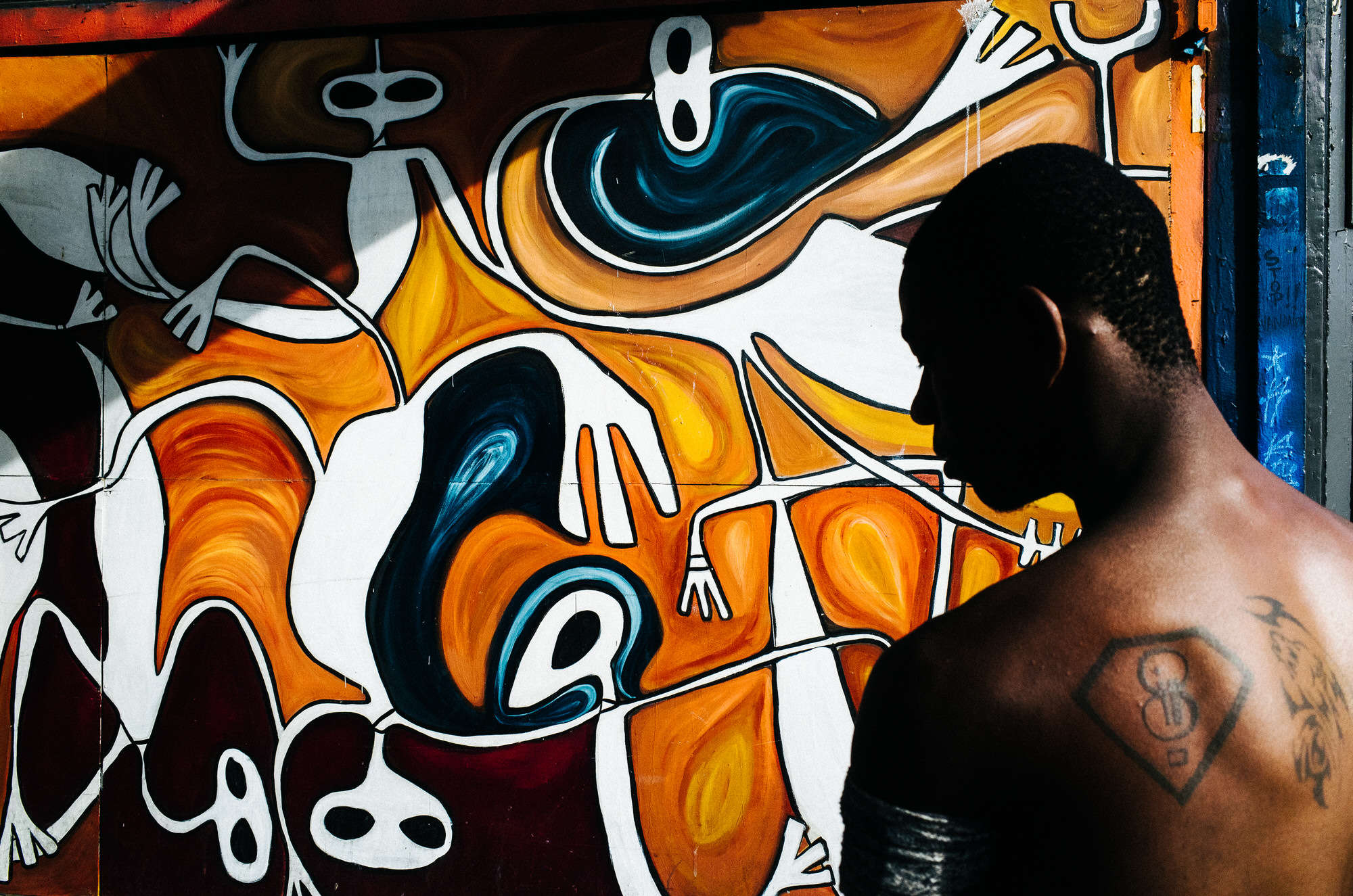
Dear friend,
When I started photography, I wanted to learn practical tips that could make me a better photographer.
Here are some practical photography tips, that I hope give you some insight:
1. Don’t add to the frame; subtract from the frame

One of the first tips is to think of photography as subtraction, rather than addition.
Photography is like sculpture — you chip away at reality, to uncover the beautiful artwork underneath.
Reality is messy. What you decide not to photograph, and what you decide not to include in the frame is more important than what you decide to include in the frame.
Assignment: Subtract
As a practical assignment, whenever you’re shooting a scene, person, or landscape — try to subtract the superfluous from the scene.
Take lots of photos and keep cutting or chipping away from the scene. Then keep cutting away, until you are left with only the essence of a scene.
2. Shoot a lot, choose your best photos later

One of the biggest myths in photography: you’re only supposed to shoot 1-2 photos of the scene.
My practical suggestion: take lots of photos of an interesting scene (10, 20, 30, 50, even 100) photos of a scene. Then when you go home, choose your best 1 photo of the scene.
The good thing about forcing yourself to shoot more photos than you think you need to is this: you force yourself to be more creative with your composition and framing.
Assignment: Work the scene


For example, try to work the scene— by shooting horizontal, vertical, and even tilting your camera.
Try to take a step closer to your scene, take a step back, crouch, tippy-toe, take a step to the left, and to the right.
Give your photos variety, and switch it up.
3. Photograph hand-gestures

For me, the best photos are the ones with emotion and soul.
But how do you capture emotion and soul in a photograph?
To me, it is all about your ability as a photographer to create empathy with the subject of your photo. You want your viewer to feel the same (or similar) emotion to your subject.
A practical way to do that: only photograph people with interesting hand-gestures, body-language, or facial expressions.
Psychologists say that 80% of communication is based on body-language (not verbal). So try to capture interesting body-language or hand-gesture from your subjects.
Example hand gestures
Photograph people with their hands on their face, on their chin, shielding their eyes from the sun, hunched over, leaning against something, or scratching themselves.
Another pro tip: if you want to see how a subject in your photos feel, imitate or mimic their hand-gesture.
4. Focus on the edges while you’re shooting

One of the best ways to make better compositions in photography: focus on the edges of a frame while you’re shooting, and try to make it as clean as possible.
Generally when we’re shooting, we become tunnel-visioned in the inner-30% of the frame.
Switch it up, by focusing on the edges of the frame (instead the center of the frame).
Assignment: Don’t crop

So when you’re out shooting, make it an assignment to focus on the edges, so you won’t need to crop later.
I’m not against cropping, but by not cropping, it will force you to improve your composition and framing.
So as a simple assignment, try to go a week, month, or even a year without cropping. I can almost guarantee your composition and framing will improve.
5. Use a flash

When we start off in photography, we are told not to shoot with a flash.
My suggestion: experiment with the flash.
Why?
99% of the time, the light outside or inside is not good. Generally the best time to photograph the light is golden hour (sunrise, sunset). So if it isn’t sunrise or sunset, you’re out of luck — unless, you shoot with a flash.
Assignment: Experiment with your flash

Try to experiment shooting your subject with a flash, against the sun, or towards the sun. I generally keep my camera in “P” (program mode) at ISO 400 (good default setting for a flash), and use the built-in, integrated flash. If you don’t have a built-in flash, just buy the smallest, cheapest, flash possible. I’d recommend just getting a flash that has TTL (automatic flash settings), because it will make life easier. If not, just get a cheap manual flash, and play around with the settings.
Once you start shooting with the flash, you can master the flash. You will no longer be a slave to good lighting situations. This will open up a lot more creative opportunities for you.
Conclusion

I hope these 5 practical photography tips will help you in your photographic journey. Once again, these are just tips, and not rules.

Experiment, have fun, and keep exploring.
- For more inspiration, check out my 40+ practical photo assignments.
- Or if you need inspiration when shooting on the streets, pick up a copy of “Street Notes” (a street photography workshop/journal that can fit into your back pocket).
Have fun on the streets,
Eric
Learn more: Photography 101 >

